Six years on from Until Dawn’s release, Supermassive Games finds itself at an impasse. Its commitment to The Dark Pictures Anthology illuminates a longstanding issue; one which can’t be fixed due to the nature of this franchise’s production schedule. Three games deep, House of Ashes doesn’t do much to rectify its predecessors’ faults, languishing in stagnation.
There’s nothing inherently wrong with the studio relishing in B-movie tropes. If nothing else, The Dark Pictures Anthology showcases Supermassive’s love of any and all horror genres. Unfortunately, this passion isn’t enough to salvage a run-of-the-mill interactive horror adventure.
Set back the clock

House of Ashes’ 2003 Iraq War-era setting presents potentially precarious territory. By pitting American and Iraqi soldiers against each other to the tune of a horror-infused backdrop mirroring the strife between the Mesopotamian-era Gutian and Akkadian empires, there’s potential to mismanage its cultural depictions. Surprisingly, however, it’s within this bigger picture that House of Ashes succeeds most gracefully.
The basic plot involves an American military squad tipped off to the potential of a chemical weapons facility in Iraq, prompting an invasion. House of Ashes lulls players into believing it’s going to settle into the genre’s familiar penchant for exploitation as window-dressing for its supernatural events.
Supermassive throws a wrench in the situation by making Salim a playable character, placing him in proximity with his American aggressors. Initially received with disdain by Rachel, Eric, Nick, and Jason, the title offers thoughtful moments of introspection. Of course, as an interactive narrative experience, it’s possible to get Salim killed before major moments of illumination. Seeing him through to the conclusion, however, showcases a level of nuance amongst its cast not yet expressed within a Supermassive Games project. The studio has leaned heavily on archetypes from Until Dawn to Little Hope, but we’re now seeing them stretch their wings a bit more.

Characters that you’d think would hold the same viewpoint from beginning to end show gradual moments of growth. There isn’t a sudden switch or a specific event that makes a character do a 180. Rather, you’ll notice these people reflect on their own prejudices over time as the playable cast is thrust from dangerous situation to dangerous situation. When tasked by a threat larger than them, the futility of the Iraq War comes into focus. To be clear, The Dark Pictures: House of Ashes will never win awards for its writing. With that said, it’s an interesting step in the right direction for this brand of Anthology-driven horror tropes.
Because Supermassive Games hasn’t been able to recapture Until Dawn’s proper balance between exciting action, horror, and camp, The Dark Pictures Anthology hasn’t progressed past monotony. For B-movie shlock to work, the right balance between its disparate elements must be met to elicit the campiness that makes these kinds of horror experiences endearing. Without that mixture, there’s little hope for this franchise to sustain itself for five more entries. House of Ashes at least shows a light at the end of the tunnel with its spotlight planted firmly in the realm of prejudice and the neocolonialism associated with a post-9/11 America invading another country.
If only this strong subject matter could make up for the lack of character. Once again, Supermassive isn’t using its archetypes effectively. There are genuinely funny interactions and thought-provoking conversations, but those moments are infrequent. These characters don’t mix in ways that support House of Ashes’ campy ambitions. Failing to straddle the line, its action-horror is played a little too straight to leave a lasting impression. Rather than conjuring images of something like Slumber Party Massacre, it calls to mind the clinical presentation of The Amityville Horror remake.
Interaction is lacking

Even if Supermassive nailed every other facet, The Dark Pictures Anthology is ultimately at the mercy of its detached gameplay. Titles like this can be exciting to play. Despite the abstraction of their interactive elements, quick-time events offer interesting avenues within the genre. For all of its failures, Heavy Rain succeeded in making every action scene anxiety-inducing by ramping up the complexity of its button prompts. Aside from mashing buttons and completing a sequence of events in rapid succession, especially precarious situations made players hold uncomfortable combinations of buttons. Going further, a subsequent action sometimes required maintaining the previously complex button combination while dexterously managing another input.
It’s within this degree of interactivity that every entry in this franchise fails to captivate. Quick time events come so few and far between that you’re more likely to miss an action because you stopped paying attention rather than because the prompt was difficult. Even when they do show up, they’re rarely hard. House of Ashes typically asks players to press a single button seconds apart with an indicator appearing on-screen prior to said prompt. Button mashing is hardly used effectively, with most opportunities offering plenty of leeway. Even the situations in which players must keep calm by timing button presses with a heartbeat monitor lack tension.
Despite a tutorial prompt warning that the Keep Calm moments would sometimes necessitate pressing Y instead of A, that didn’t happen a single time on either of my normal difficulty playthroughs. It’s especially curious because Man of Medan and Little Hope did alternate between both buttons.
The passive nature of House of Ashes’ gameplay becomes a special death knell when one considers how much more action-focused it is than previous anthology installments. Its action-infused horror relies more on nail-biting set-pieces than building atmosphere. By relying so much on the intensity of an action flick without any of the associated tension, the act of playing House of Ashes feels inconsequential.
With that said, House of Ashes is very welcoming for disabled players with a range of accessibility options such as replacing the button mashing with a single button press.
Mixed multiplayer

The Dark Pictures Anthology’s approach to multiplayer adds an interesting layer to the proceedings, but its lopsided focus feels misplaced. Until Dawn inadvertently became a successful party game among consumers and online streamers, fostering a side of the community Supermassive Games didn’t see coming. After its breakout success, it has continued attempting to emulate the feelings Until Dawn conjured. That itself is the issue.
Just as with its horror elements, the multiplayer feels so clinically engineered in such a way that it misses the artistic mark. Art is difficult to quantify because there is no mathematical formula for crafting the perfect artwork or product. In attempting to capture specific feelings with such veracity, creators sometimes avoid oversights that add that human touch to an otherwise clinical product.
House of Ashes presents interesting online multiplayer integration. Players often combat each other and sometimes even play different chapters simultaneously. Online multiplayer even engenders more excitement because you’re at the mercy of an unpredictable and imperfect human being that might turn on you or miss a simple button prompt. Its novelty is admirable, but it’s so laser-focused that it loses sight of the Until Dawn magic. No manner of multiplayer-specific alterations can make up for the passive gameplay and uninteresting implementation of horror tropes.
The verdict

The Dark Pictures Anthology: House of Ashes takes one tiny step forward while remaining stubbornly steadfast in its stagnation. Its surprisingly respectful representation of prejudice can’t salvage a monotonous experience that lacks the wit and charm that makes B-movie shlock stick. Failing to nail horror movie tropes in an endearing manner, the studio needs to overhaul its control system. Without the dexterity of so many contemporaries, nothing feels consequential.
Supermassive Games fails to understand that they can’t direct their art with such indignation. Rather than letting consumers enjoy their titles in sometimes unintended ways, they’ve come to limit the gameplay experience as a means of controlling the community. In the process, they have damned the conversations that could have risen, with House of Ashes acting as yet another middling product, free of the soul that leaves a lasting impression.
Final Score:
5.5 / 10
| + | Surprising introspection regarding heavy subject matter |
| + | Multiplayer adds some thrills |
| – | Passive control scheme lacks tension |
| – | Horror tropes and character archetypes are played too seriously |
| – | Solo experience suffers from a lopsided focus |
| – | Multiplayer still isn’t as exciting as Until Dawn |

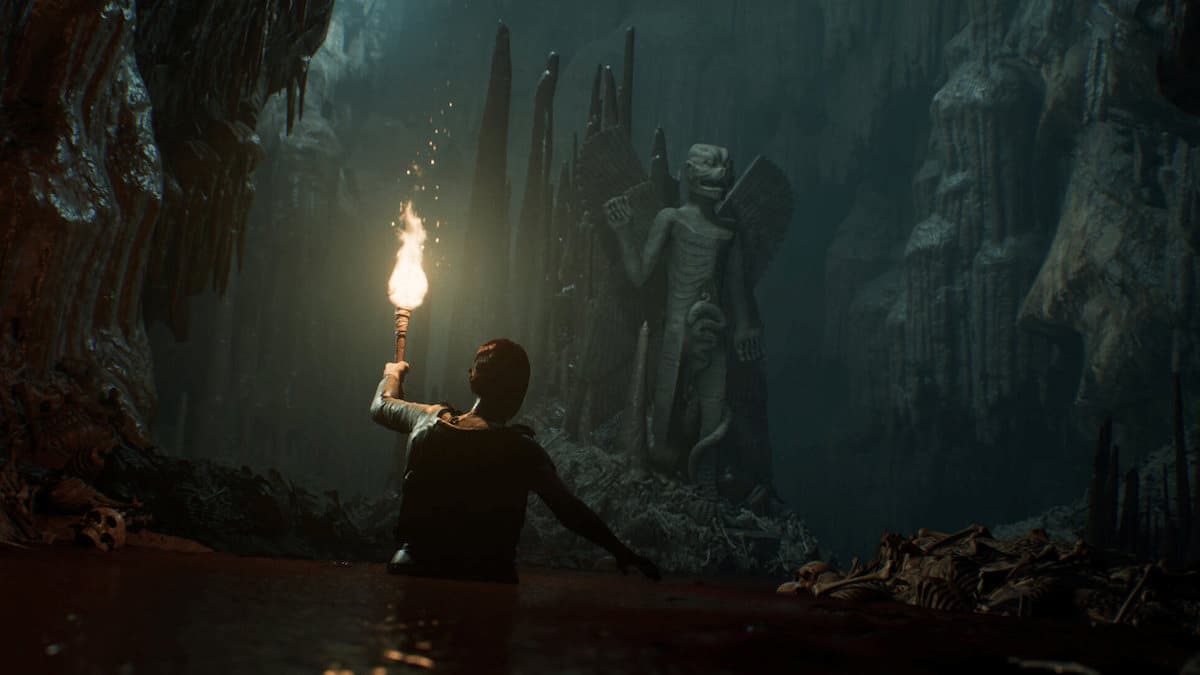

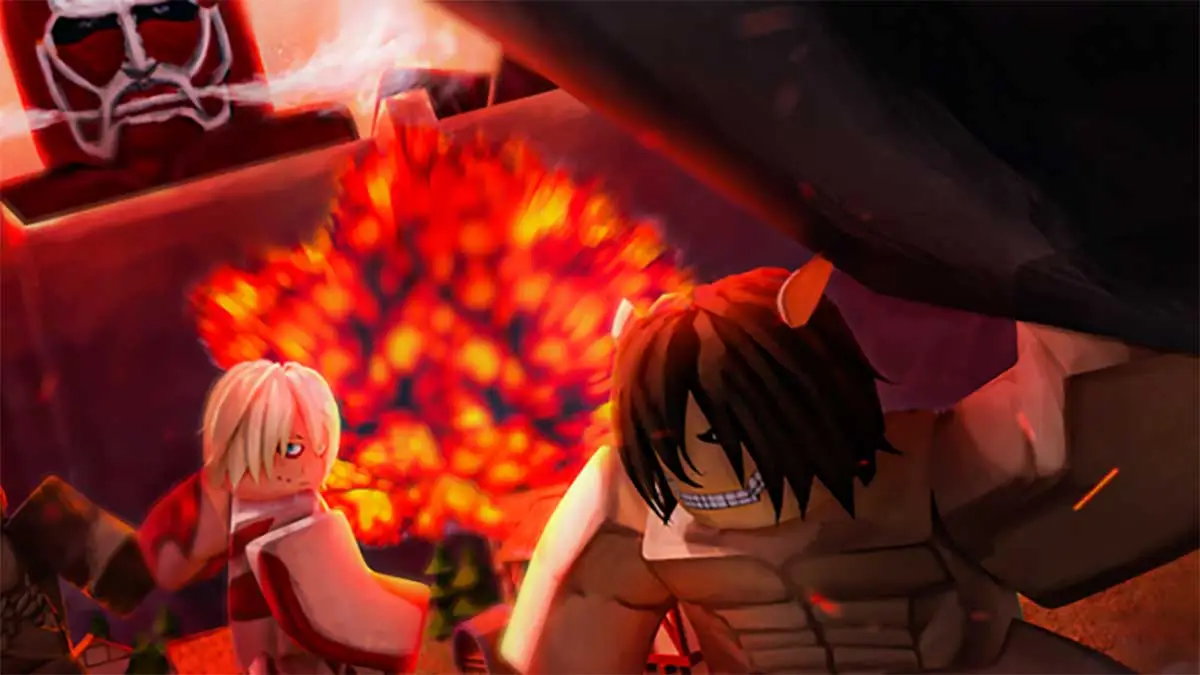
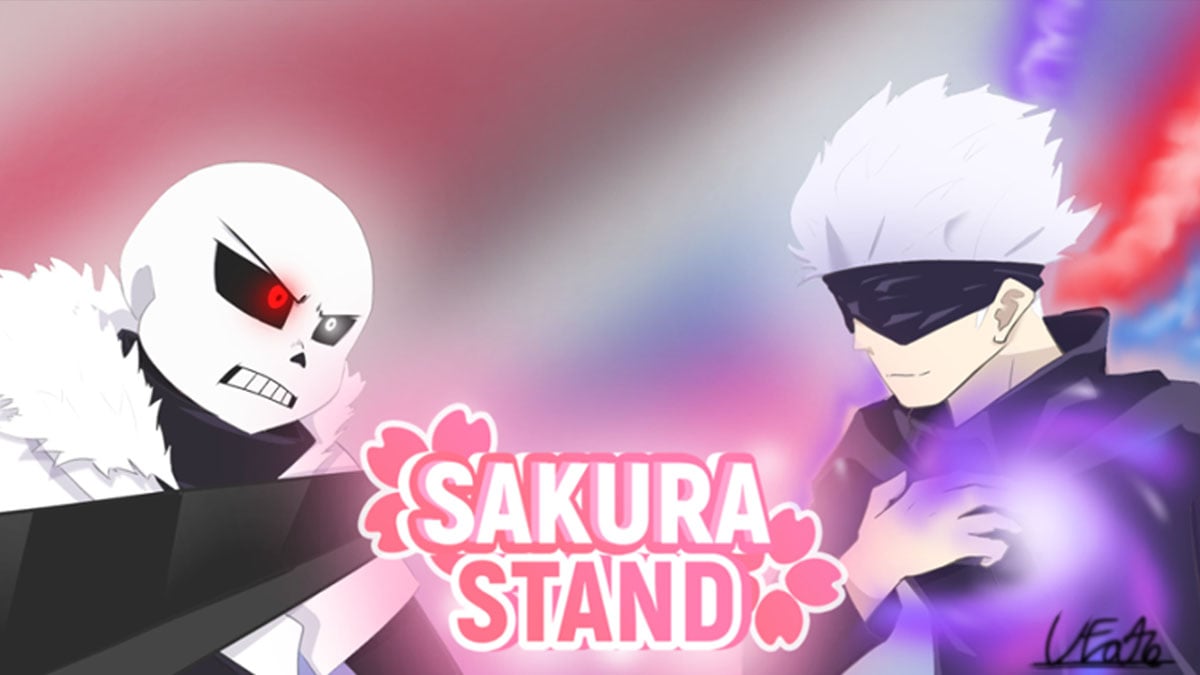
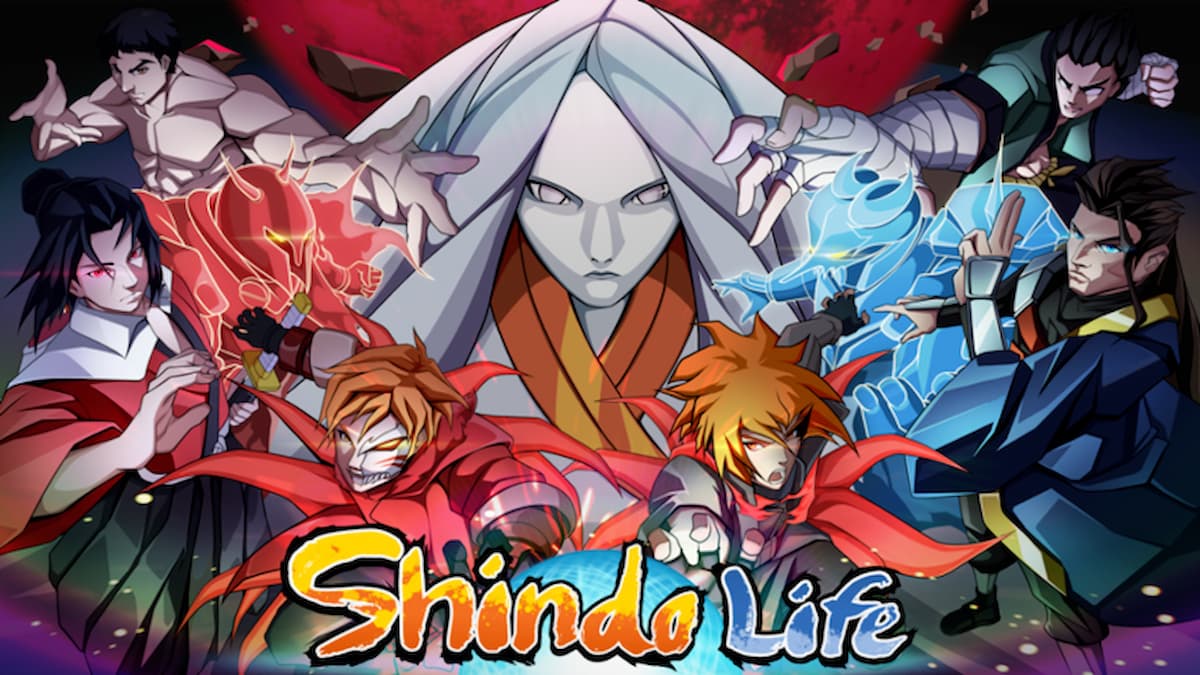
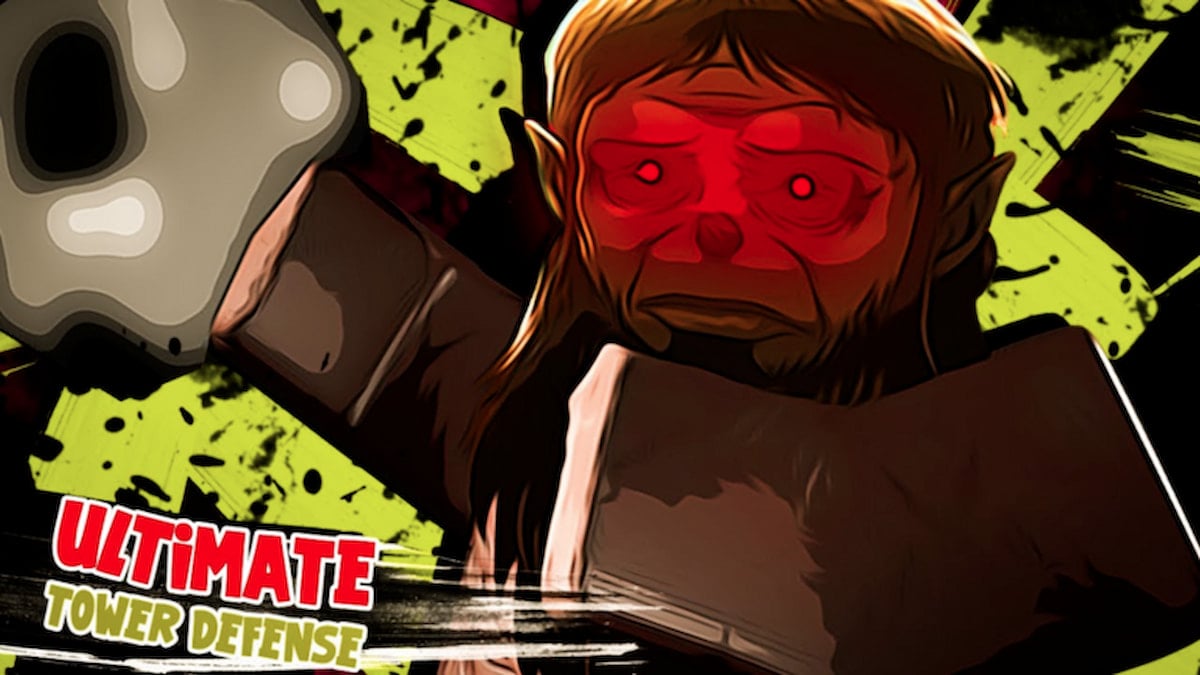
Published: Oct 24, 2021 01:01 pm